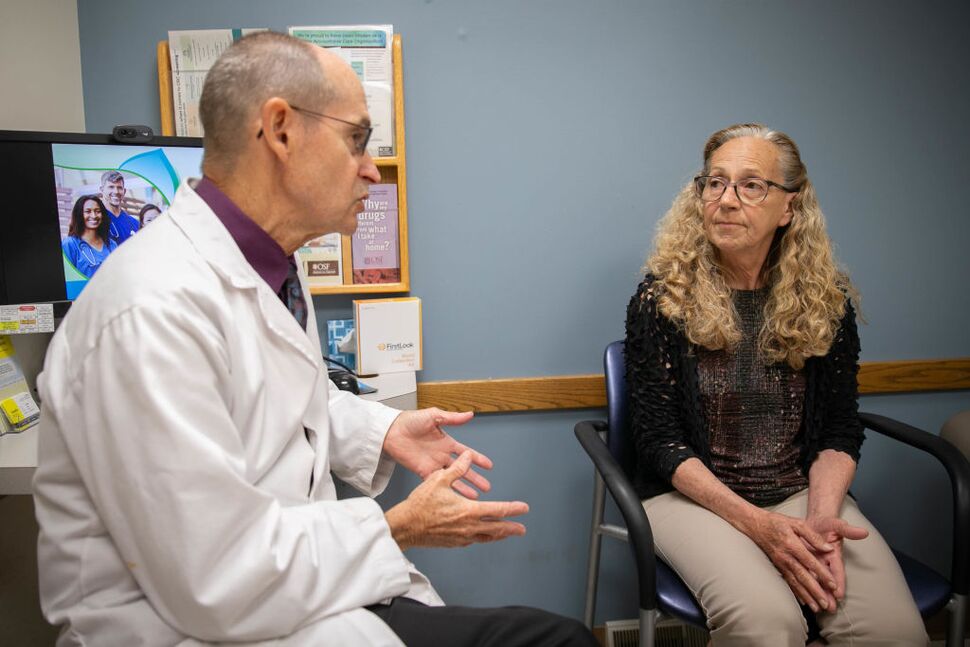While people around much of the world generally have been living longer, they’ve also been living more years burdened by disease or disability.
Global life expectancy in recent decades increased by 6.5 years, hitting an average of 72.5 among 183 members of the World Health Organization in 2019, according to a recent study published in the journal JAMA Network Open. Yet during the same period, the estimate for how long a person could live free of disease or disability increased by only 5.4 years, hitting an average of 63.3 years among WHO countries.
The mismatch led to a 13% increase in the global gap between lifespan and healthspan – reflecting “the extent of lifespan burdened by disease” – from 8.5 years in 2000 to 9.6 years in 2019, according to the study.
“On one hand we celebrate the fact that humanity lives longer. Whether you’re in North America or in the rest of the world, you look into the last century and it’s amazing how mankind lives longer and continues to live longer,” says study coauthor Dr. Andre Terzic, the Marriott family director of comprehensive cardiac regenerative medicine for the Mayo Clinic’s Center for Regenerative Biotherapeutics. “Unfortunately, the gains in life expectancy are not matched with equivalent gains in health life expectancy.”
Among WHO countries, the U.S. had the greatest disparity between life expectancy and years lived unencumbered by disease or disability, according to the study.
Average U.S. life expectancy rose from 79.2 years to 80.7 years in women and from 74.1 to 76.3 years in men between 2000 and 2019, the study says. Over that same timeframe, the U.S. “healthspan-lifespan gap” rose from 10.9 years to 12.4 years, according to the study – a disparity 29% larger than the global average.
“That’s a significant departure of what could be expected for a country with such a significant expansion of life expectancy,” Terzic says.
The study also notes that U.S. “women exhibited a 2.6-year higher healthspan-lifespan gap than men, increasing from 12.2 to 13.7 years or 32% beyond the global mean for women.”
Terzic says fueling the healthspan-lifespan gap in the U.S. has been the severe burden of chronic disease – in particular, the prevalence of musculoskeletal conditions, as well as mental health and substance use disorders.
A separate comparative analysis of 11 high-income nations conducted by The Commonwealth Fund found that the U.S. had the highest percentage of adults who reported receiving a mental health diagnosis such as anxiety or depression at 23%, based on 2016 survey data.
Twenty-six percent of U.S. adults said they’d experienced emotional distress, marking the second-highest rate among countries.



